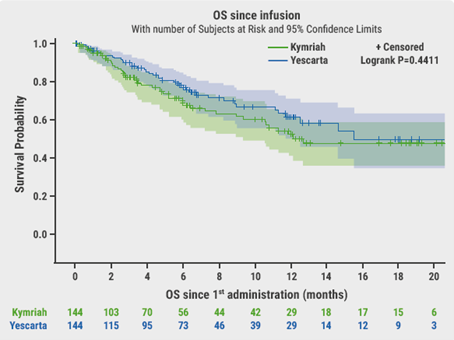The Simplici-T1 study was the first to evaluate the activation of glucokinase in patients with type 1 diabetes receiving a daily oral dose of TTP399 as an adjunct to insulin therapy [1]. The primary endpoint of the randomised, double-blind study was a change in HbA1c at week 12.
This study was conducted in 2 parts under the same protocol to evaluate the safety and efficacy of TTP399 in adults with type 1 diabetes. After several weeks of insulin optimisation and placebo run-in, daily dosing with TTP399 was continued for 12 weeks. The 19 patients in part 1 received insulin pump therapy and glucose was continuously monitored. In part 2, 85 patients used an insulin pump or multiple daily insulin injections. Two statistical approaches were used to evaluate the effects of daily 800 mg TTP399 in this second group.
The study achieved its primary endpoint at week 12; HbA1c was reduced by 0.21% in the group receiving TTP399, whereas the placebo group experienced a mean 0.11% increase in HbA1c (P=0.03). A secondary estimand analysis confirmed that patients in the TTP399 arm achieved a placebo-subtracted HbA1c reduction of 0.32% (P=0.001). Treatment-emergent adverse events did not differ between the arms, not even when stratified by system organ class. No diabetic ketoacidosis occurred in either treatment group and no reports of severe hypoglycaemia were reported in the TTP399 arm. Overall, the safety profile was favourable.
- Valcarce C, et al. The Simplici-T1 trial: activation of glucokinase by TTP399 improves glycaemic control in patients with type 1 diabetes. EASD 2020. Abstract #50.
Posted on
Previous Article
« High risk of vascular dementia in patients with T2D Next Article
Poor prognosis for T2D patients on loop diuretics in addition to SGLT2 inhibitor »
« High risk of vascular dementia in patients with T2D Next Article
Poor prognosis for T2D patients on loop diuretics in addition to SGLT2 inhibitor »
Related Articles

December 14, 2020
High risk of vascular dementia in patients with T2D
January 5, 2023
Persistent headache after stroke: not rare and often overlooked
© 2024 Medicom Medical Publishers. All rights reserved. Terms and Conditions | Privacy Policy

